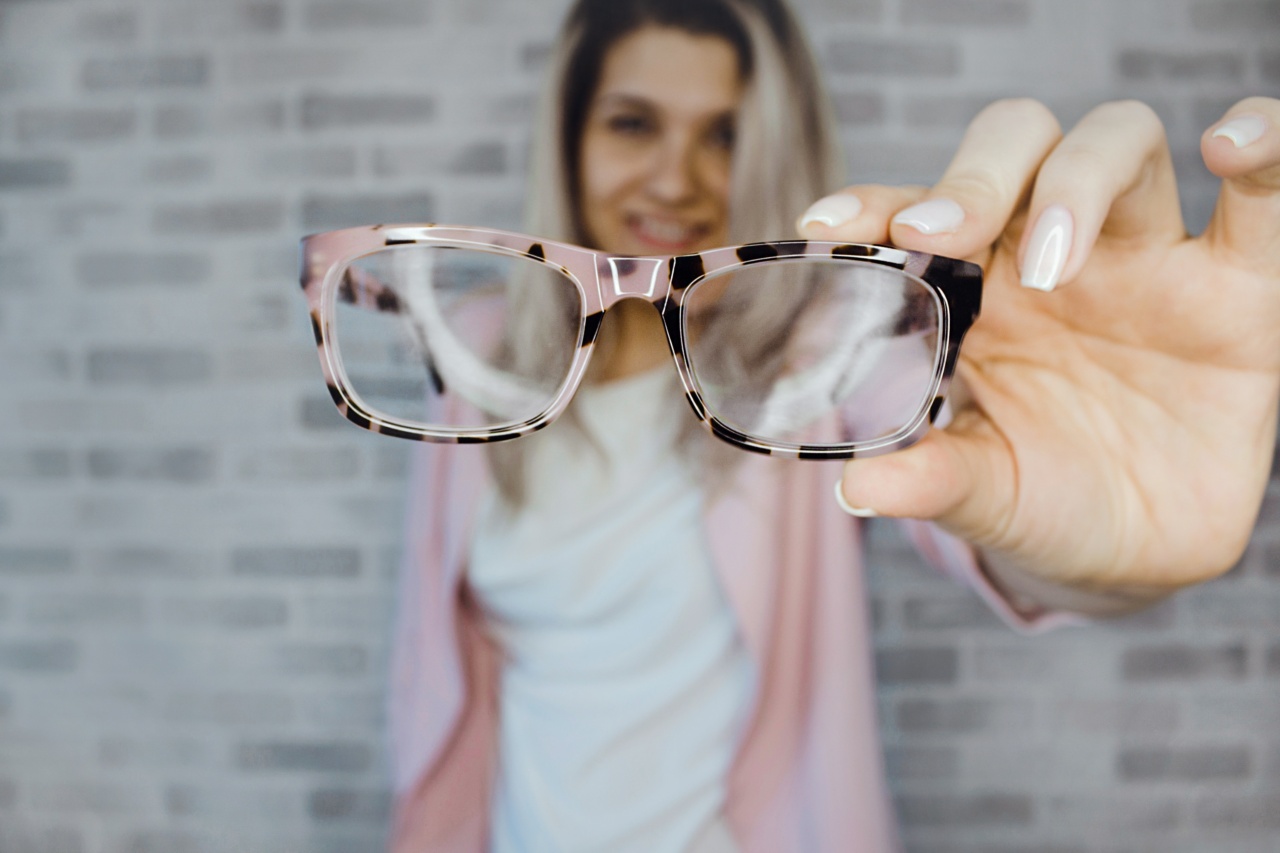High-tech eyewear has emerged as a revolutionary solution, providing enhanced vision to people with partial blindness. This groundbreaking technology enables individuals with visual impairments to regain independence and improve their quality of life.
By combining advanced hardware and software, these innovative devices offer a wide range of features and functionalities that surpass traditional eyewear. In this article, we will explore the benefits and advancements of high-tech eyewear for individuals with partial blindness.
Understanding Partial Blindness
Partial blindness, also known as low vision, refers to a condition where individuals experience significant visual impairments but still retain some level of sight.
It can result from various conditions such as macular degeneration, glaucoma, diabetic retinopathy, and other retinal or optic nerve diseases. People with partial blindness often struggle with tasks that require sharp visual acuity, such as reading, recognizing faces, and navigating their surroundings.
The Evolution of High-Tech Eyewear
High-tech eyewear has come a long way in recent years, thanks to advancements in optics, computing, and wearable technology. Initially, these devices were bulky and impractical, limiting their adoption.
However, with the miniaturization of components and improvements in design, high-tech eyewear has become more comfortable, stylish, and efficient.
Key Features and Functionality
Modern high-tech eyewear offers an array of features that significantly enhance vision for individuals with partial blindness. Some of the key functionalities include:.
1. Magnification
High-tech eyewear can provide adjustable magnification capabilities, allowing users to zoom in on objects or text. This feature is immensely beneficial for activities such as reading books, newspapers, or menus in restaurants.
It enables individuals with partial blindness to overcome the limitations posed by reduced visual acuity.
2. Contrast Enhancement
Many individuals with partial blindness struggle with perceiving contrasts, which can make it challenging to differentiate between objects or identify edges.
High-tech eyewear addresses this issue by enhancing contrast, making objects more distinguishable and aiding in object recognition. This feature proves particularly useful in daily tasks like identifying doorways or reading road signs.
3. Text-to-Speech
One of the most groundbreaking features of high-tech eyewear is its ability to convert written text into audible speech.
By using optical character recognition (OCR) technology, these devices can read aloud the text captured by their built-in cameras or sensors. This functionality enables users to access printed information independently, reducing the need for external assistance.
4. Object Recognition
High-tech eyewear equipped with sophisticated computer vision algorithms can recognize and identify objects in real-time.
This technology uses cameras or sensors to capture the user’s surroundings and applies complex image processing techniques to detect and classify objects. By providing spoken feedback about the environment, these devices enhance situational awareness and improve navigation for individuals with visual impairments.
5. Augmented Reality
Some advanced high-tech eyewear models incorporate augmented reality (AR) capabilities. AR overlays digital information onto the user’s field of view, superimposing digital content onto the real-world environment.
For individuals with partial blindness, AR can enhance their perception by providing additional context or visual cues. This technology has the potential to revolutionize how people with visual impairments interact with the world around them.
6. Connectivity and Accessibility
Modern high-tech eyewear devices leverage wireless connectivity to seamlessly integrate with other assistive technologies and smart devices.
They can connect to smartphones, tablets, or smart home systems, enabling users to control their devices or access additional functionalities through voice commands or gesture recognition. This connectivity greatly enhances accessibility for individuals with partial blindness.
Advancements in High-Tech Eyewear
As research and development in the field of high-tech eyewear continue to progress, numerous advancements have been made to further improve these devices. Some notable advancements include:.
1. Artificial Intelligence
Artificial intelligence (AI) is revolutionizing high-tech eyewear by enabling more efficient object recognition and scene understanding.
AI algorithms can rapidly analyze visual data captured by the eyewear’s sensors, providing users with real-time feedback and relevant information. This technology empowers individuals with partial blindness to navigate complex environments with increased confidence.
2. Wearable Sensors
New high-tech eyewear models are integrating advanced sensors, such as depth sensors, infrared cameras, and eye-tracking technology.
These sensors enhance the accuracy and precision of the device’s functionalities, enabling more accurate object recognition and spatial awareness. Eye-tracking technology, in particular, allows users to interact with the device through eye movements, opening up new possibilities for hands-free operation.
3. Lightweight and Stylish Design
High-tech eyewear manufacturers are focusing on creating lightweight and stylish designs that resemble traditional eyewear. By combining aesthetics with functionality, these devices shed the stigma previously associated with assistive technology.
Users can now wear their high-tech eyewear comfortably and confidently in various social and professional settings.
4. Customizability and Personalization
Manufacturers are incorporating greater customizability options to cater to individual preferences and specific visual impairments.
High-tech eyewear devices now offer adjustable magnification levels, font sizes, and contrast settings, ensuring a personalized experience for each user. This adaptability allows individuals with partial blindness to tailor the device to their unique vision needs.
Increasing Accessibility and Affordability
While high-tech eyewear provides exceptional benefits, accessibility and affordability remain crucial considerations. It is essential to ensure that these advanced devices are accessible to individuals from diverse backgrounds and income levels.
Continued investment in research, development, and policy frameworks will play a vital role in making high-tech eyewear more widely available.
The Future of High-Tech Eyewear
The future of high-tech eyewear looks promising as researchers and manufacturers continue to push the boundaries of what is possible.
Ongoing advancements in materials, sensors, optics, and AI technologies will further improve the capabilities and functionalities of these devices. With increased accessibility, affordability, and integration with other assistive technologies, high-tech eyewear will continue to transform the lives of individuals with partial blindness.































